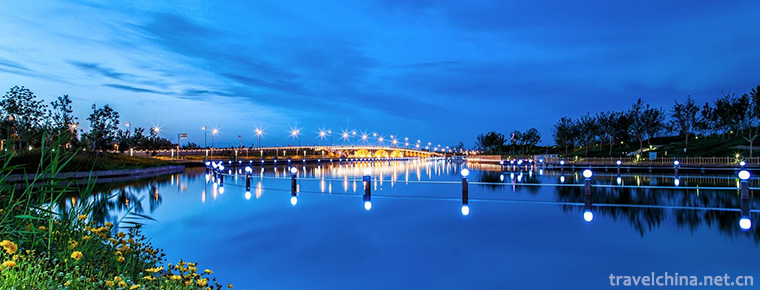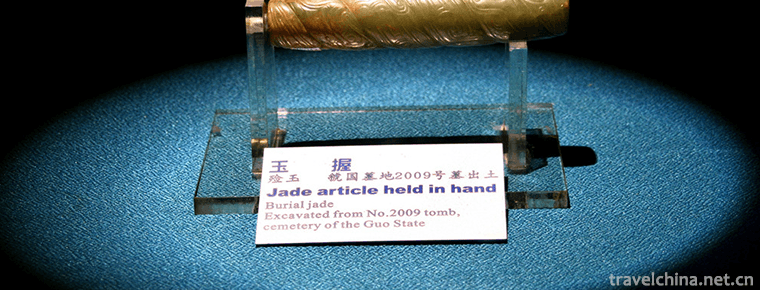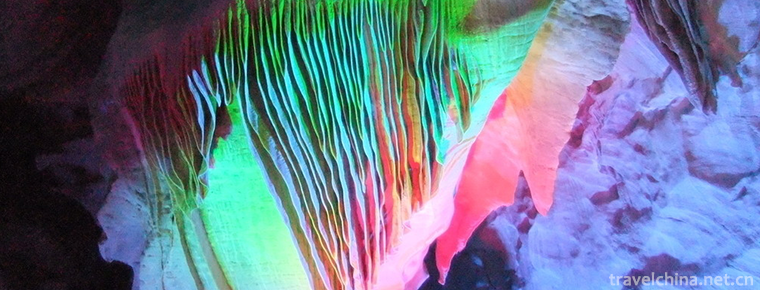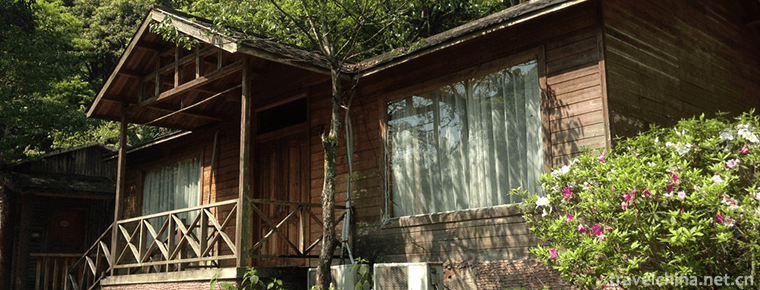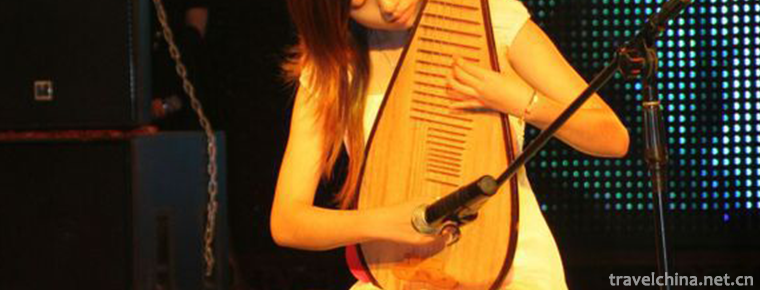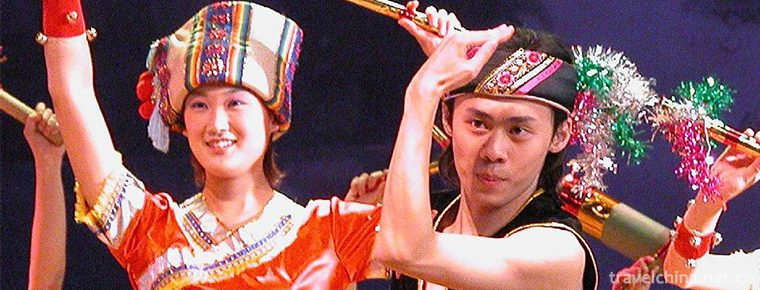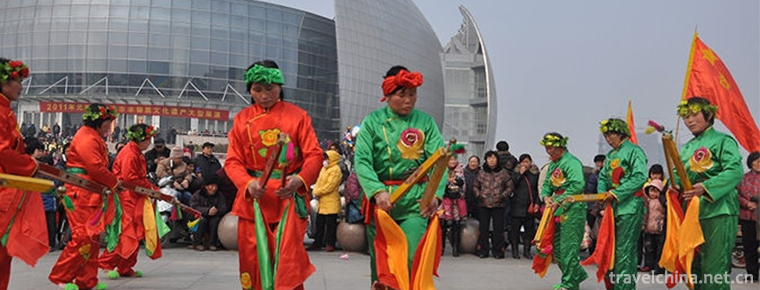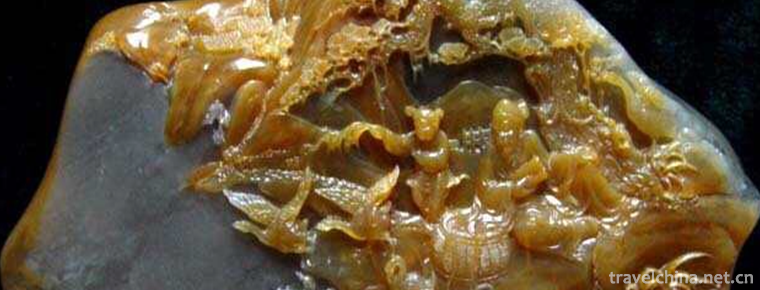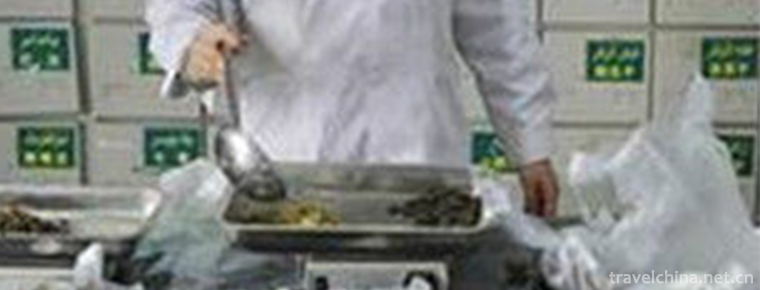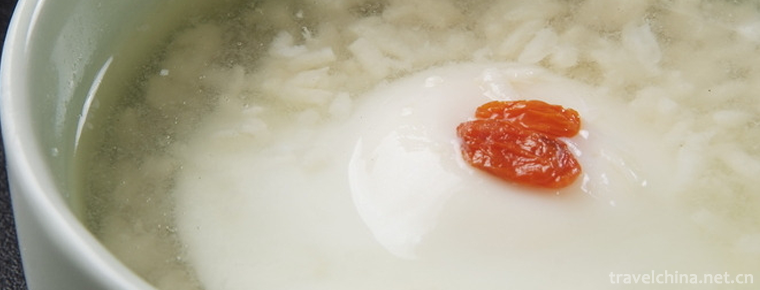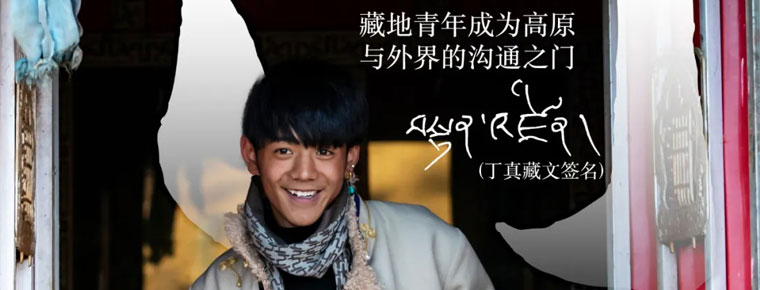Lion Lamp in Jinggangshan Hall
Lion Lamp in Jinggangshan Hall
"Quantang Lion Lantern" is a traditional Wushu athletic project spread in Huzhaoping Village, Shangxiang, Jinggang, Shandong Province. It has nearly 200 years history. It was named the third provincial intangible cultural heritage project in Jiangxi Province in 2010 and the fourth national intangible cultural heritage project in China in 2014. Based on Shaolin Hongjiaquan, the Lion Lantern combines lion and dragon performances with martial arts interpolation. It shows the hard and solid skills of shield and knife, gun and stick. It is the traditional skill of strengthening body, resisting beasts and watching performances at that time.
According to the Ninggang County Chronicle, the custom of practicing martial arts in Huzhaoping Village began in the three years of Qingdaoguang (1824). Lu Nengchang, a disciple of Shaolin secularist, came to the old mountain forest of Huzhaoping Village to burn charcoal and collect herbs for a living. After three or five invitations from villagers, he came out to collect apprentices and teach all kinds of martial arts, and began to form a lion lantern in the whole hall, which has been handed down from generation to generation.
The traditional performance of the lion lantern in the hall is closely related to the festival customs. On the 15th day of the first lunar month, the Lion Lamp of the whole hall, under the leadership of the master, can only perform in the village head, courtyard and halls after entering the ancestral temple to worship ancestral gods and the elders of the village nationality. The main performances include dragon lantern (commonly known as "Three Dragons"), lion dance (also known as "top lion head"), boxing routine, cudgel routine, pair practice, equipment items and shield dance (commonly known as "rattan dance" or "broken card"), seven categories, of which boxing routine, cudgel routine and equipment items are performed by ten people. Every kind of Lion Lantern in the hall has different forms and contents of performance. It combines offensive and defensive fighting with fitness and entertainment. It is accompanied by gongs and drums, suona and grand momentum. Its music accompaniment is played by folk music, such as "Open Singing gong", "Fox Pai Street", "Alpine Dripping Water", "Rapid Wind", "Leisure Road gong", "Lion tune" and "Boxer gong". Music varies according to the dance plot and movement. One item is replaced by another piece of music. Musical elements properly set off the dance. The Lion Lamp in the Hall has been handed down for thirteen generations. Master Shao Bin, the sixth generation, and Lin Guixiang, the seventh generation, are famous folk Wushu masters. During the struggle in Jinggangshan, there were Wushu students from Huzhaoping Village in the Red Army's Longshi Red Army Team, which was founded by the Red Army. Their Wushu was widely taught among the students of the Red Army Team. After the founding of New China, the Lion Lantern of Huzhaoping Village has been passed down. It has participated in the provincial Folk Art Festival and the national folk art performances successively, and glowed with brilliance.

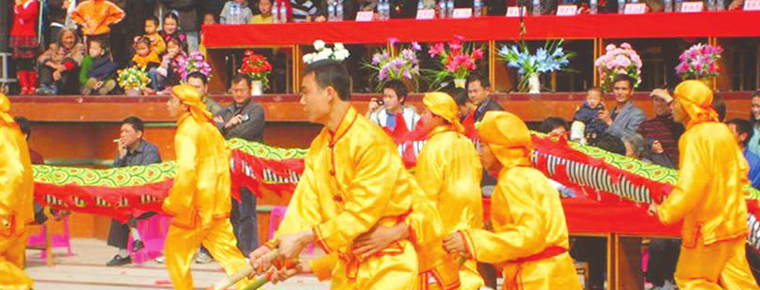
Lion Lamp in Jinggangshan Hall
-
Karamay River Scenic Area
The Karamay River, also known as the Chuancheng River, originates from Jiulongtan in the northeast of the city. It zigzags through the Xiyuetan Reservoir (also known as Aikule)
Views: 137 Time 2018-12-23 -
Kuanguo Museum
The Kuanguo Museum is a special museum built on the site of the Kuanguo Cemetery in the Western Zhou Dynasty, a national key cultural relic protection unit. It covers an area of 100,000 square meters
Views: 219 Time 2019-01-13 -
Baiyundong Tourist Area Kongshan
Baiyundong in Kongshan Mountain is a national key scenic spot, National Geological Park and national AAAA level scenic spot. Located in Lincheng County of Xingtai City
Views: 191 Time 2019-01-29 -
Panlongxia Ecotourism Area
Panlongxia Ecotourism Area is located in the northwest of Deqing County, Guangdong Province, about 28 kilometers away from the county seat. The whole ecotourism area covers an area of 30,000 mu
Views: 181 Time 2019-02-07 -
Han music in Guangdong
Guangdong Han music is an ancient music of the Central Plains brought about by Hakka ancestors when they moved southward more than 1,000 years ago.
Views: 171 Time 2019-05-01 -
Mi Luo Tuo
Milotta is a myth and ancient song spread in the Yao nationality inhabited areas of Du'an and Bama in Guangxi. It integrates myth, creation and hero. It describes the heroic achievements of the goddes
Views: 194 Time 2019-06-04 -
Shangyang Dance
Shangyang Dance originated in the northern part of Juancheng County and spread around Li Jinshitang Town and Old Town. It is represented by Xinggrang Village of Li Jinshitang Town. According to textua
Views: 451 Time 2019-06-13 -
Shoushan stone carving
Shoushan Stone Carving is a traditional folk carving art. It is made of Shoushan Stone, which is produced in the northern mountain area of Fuzhou. It is a small carving for people to enjoy through spe
Views: 136 Time 2019-06-15 -
Uygur Medicine
Uygur Medicine magazine provides medical workers with good opportunities for education, continuing education and academic exchange platform, and is committed to improving the comprehensive quality of
Views: 301 Time 2019-06-26 -
Sugar Eggs
Laozao is a local snack, belonging to Sichuan cuisine. Laolao, a kind of wine brewing in ancient Chinese, is a Sichuan dialect, that is, boiled eggs with wine brewing. Put the mash in the pot and boil
Views: 482 Time 2020-03-09 -
About Ding Zhen Video
In November 11th CCTV news and Oriental tiktok were put on a short video of the tremble. Ding Zhen, the "sweet boy" in the video, triggered a phenomenal network event with a transmission volume of more than 5 billion times. At the same time,
Views: 152 Time 2020-12-06 -
Nanchong population
By the end of 2019, Nanchong had a total household population of 7 million 237 thousand and 100, with a decrease of 45 thousand and 400 compared with 2018. Among them, 3.778 million were male and 3.459 million were female; 2.076 million were urban
Views: 379 Time 2020-12-17
